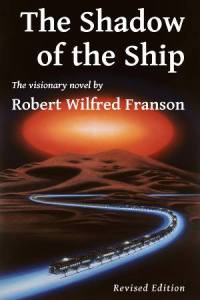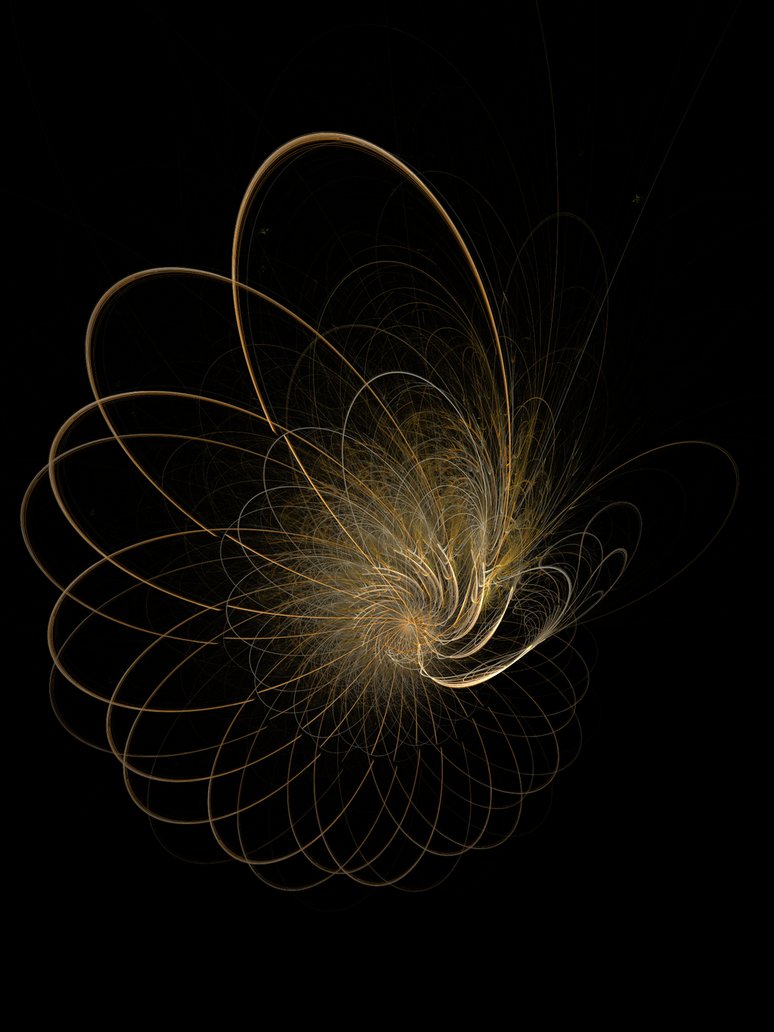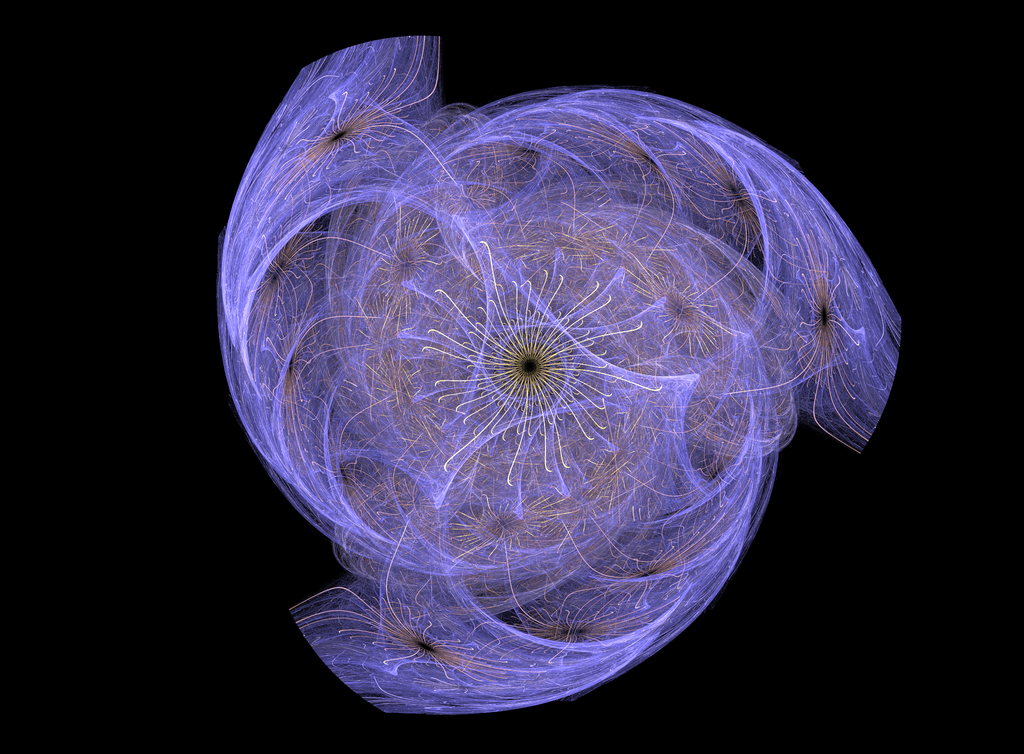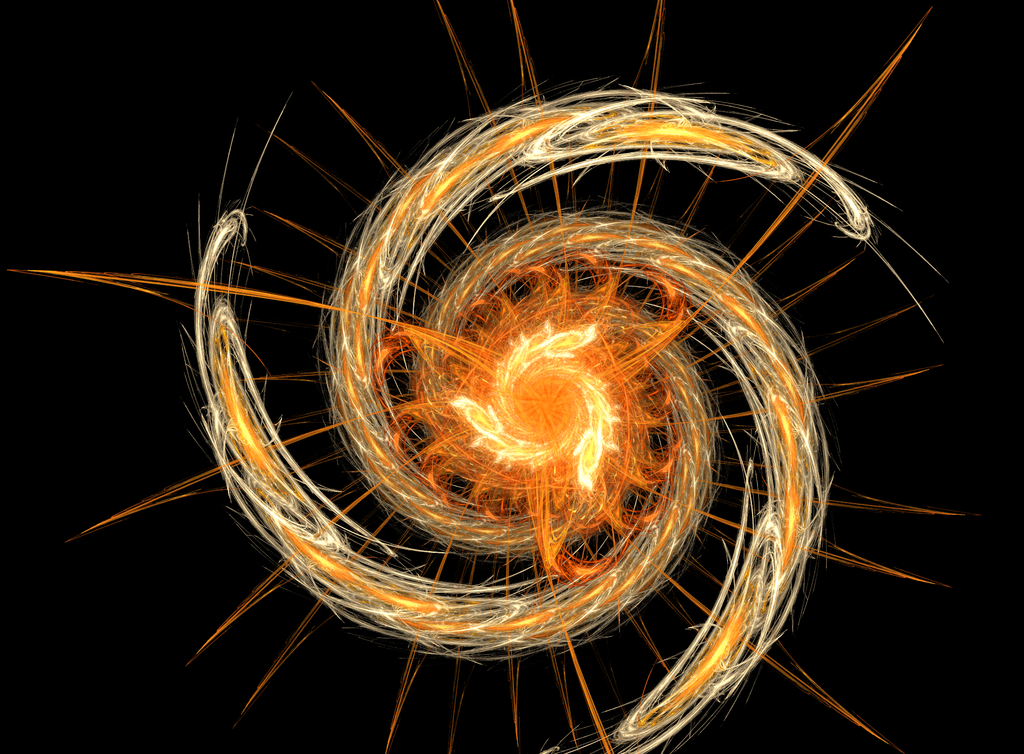Abstract Orderism Fractals 68, 69, 70, 71, and 72 – Art by G. Stolyarov II
******************************
Abstract Orderism Fractals 68, 69, 70, 71, and 72 were created in December 2017 as gifts for individuals who were instrumental to advancing the work of the United States Transhumanist Party or who have otherwise assisted me in profound ways. Each fractal communicates an aspect of the personality, values, and work of the person to whom it is dedicated.
Navigate to Individual Fractals
Abstract Orderism Fractal 68
Abstract Orderism Fractal 69
Abstract Orderism Fractal 70
Abstract Orderism Fractal 71
Abstract Orderism Fractal 72
Abstract Orderism Fractal 68
 Abstract Orderism Fractal 68 – by G. Stolyarov II
Abstract Orderism Fractal 68 – by G. Stolyarov II
Note: Left-click on this image to get a full view of this digital work of fractal art.
Abstract Orderism Fractal 68 is dedicated to Adeel Khan – a polymath whose never-ending curiosity and willingness to engage in discourse on a myriad of topics are just the attitudes that are necessary to achieve meaningful progress and make sense out of a complex world. Many of Adeel’s ideals align closely with mine, and he appreciates the multiple facets of the mindset needed to bring humankind into its next era – from the embrace of scientific reasoning to the support of the individual’s liberty to innovate.
Like Adeel’s interests, this fractal branches out in many different directions, but there are common overarching themes of improving our species! The path(s) toward a better world may be spiral in nature, but let all of us earnest thinkers explore them or forge our own.
Abstract Orderism Fractal 69
 Abstract Orderism Fractal 69 – by G. Stolyarov II
Abstract Orderism Fractal 69 – by G. Stolyarov II
Note: Left-click on this image to get a full view of this digital work of fractal art.
Abstract Orderism Fractal 69 is dedicated to B.J. Murphy, who has been a steadfast ally and a major contributor to the success of the U.S. Transhumanist Party, of which he serves as the Director of Social Media.
This fractal is gear-like in shape and in the impression of rotation it conveys. The gears at many scales symbolize the technologies that will form the backbone of the new transhuman civilization. B.J. extensively monitors, writes about, and contributes insights to the development of new technologies and entrepreneurial ventures, both on a large scale (for instance, space colonization) and on a small one (for instance, genetic engineering or cryptocurrencies, which exist as bits of code inhabiting physically tiny computer storage drives). The coppery orange color of this fractal is, of course, fitting for gears, but it also completes the color scheme for the U.S. Transhumanist Party, whose colors are orange and black. Orange, in particular, depicts the new political paradigm we seek to bring about. On the visible-light spectrum, orange is between red and yellow. In conventional politics, red has often been associated with socialism, while yellow has often found uses in libertarian symbols. B.J. has a history of involvement with socialist ideas and causes, while I have a (small “l”) libertarian background and sympathies (although the world and life are complicated!) – and yet the future cannot be won by either socialism or libertarianism as such. Rather, the orange color evokes our attempt to take the best aspects of these movements, leave behind ideas that did not anticipate the technological future, and invite all thinkers of good will to participate in the creation of the new era, whose political ideology will differ immensely from anything that came before. One reason why the Transhumanist Party has remained ecumenical and diverse – without being able to be pigeonholed as either “right” or “left” – is because B.J., like me and the rest of our Officer team, has understood and embraced the desirability of keeping it out of the political trenches and, instead, focused toward the stars.
Abstract Orderism Fractal 70
 Abstract Orderism Fractal 70 – by G. Stolyarov II
Abstract Orderism Fractal 70 – by G. Stolyarov II
Note: Left-click on this image to get a full view of this digital work of fractal art.
Abstract Orderism Fractal 70 is dedicated to Kim Bodenhamer Smith, who is herself an artist and combines a unique and extensive variety of passions and activities. One of these activities is unicycling in caves. (I am not sure just how she does it, but she does!) If you follow the progression of the circles in the center of this fractal, you will see the resemblance to a time-lapse of a unicycle wheel entering a cavernous tunnel. Of course, I made this fractal more colorful than the typical cave, because that would convey Kim’s personality more accurately.
In addition to sharing a commitment to truth and justice, Kim also has a highly creative mind and thinks outside of conventional parameters to seek solutions to today’s problems and ways to improve life on both large and small scales. She contributed great insights to our recent Discussion Panel on Art and Transhumanism, and she embraces technology and the innovative use of media in ways that get people thinking about how the world might be changed for the better. She has been a great ally to the U.S. Transhumanist Party as we seek these new paths that will lift humankind into its new era of advancement.
Abstract Orderism Fractal 71
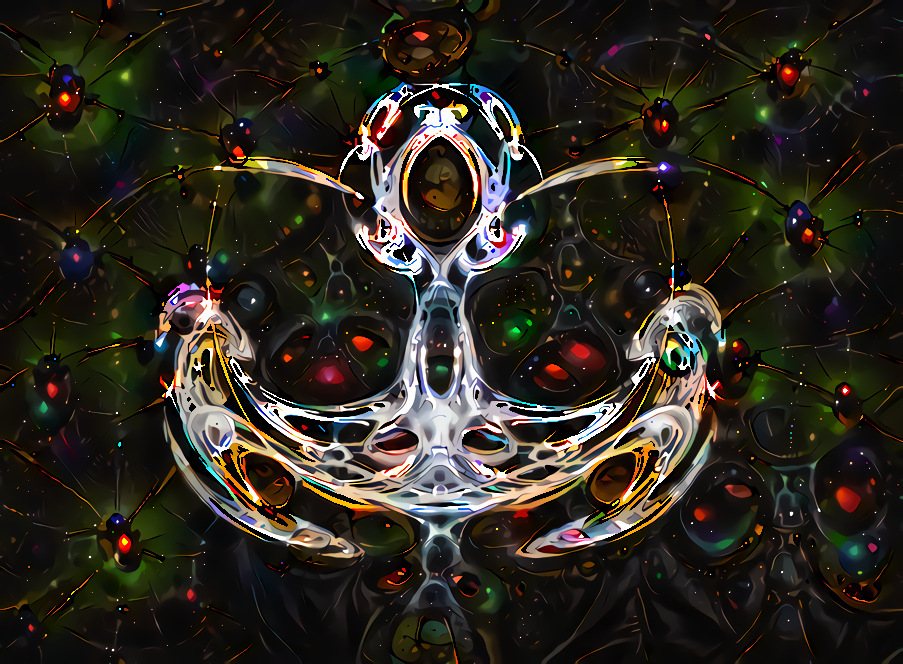 Abstract Orderism Fractal 71 – by G. Stolyarov II
Abstract Orderism Fractal 71 – by G. Stolyarov II
Note: Left-click on this image to get a full view of this digital work of fractal art.
Abstract Orderism Fractal 71 is an example of what happens when an artificial intelligence is fed desserts. I started out with a fractal that somewhat resembled an ornate display dish on which desserts might be served. Then I used the Google Deep Dream Generator to sequentially feed it images of cakes and cupcakes by Tiffany Henderson Bateman, who has a thriving baking business. As the AI was “dreaming” of delicious treats, the fractal was transformed! J
Abstract Orderism Fractal 72
 Abstract Orderism Fractal 72 – by G. Stolyarov II
Abstract Orderism Fractal 72 – by G. Stolyarov II
Note: Left-click on this image to get a full view of this digital work of fractal art.
Abstract Orderism Fractal 72 is dedicated to John Marlowe, whose staunch advocacy for patients of rare diseases is greatly needed in today’s medical system. In spite of his own struggles, John has found the time and energy to contribute to the transhumanist movement and has been a great friend of the U.S. Transhumanist Party, which embraces any and all efforts to increase medical research and funding toward combating as many rare diseases as possible. John has offered excellent insights on films and science fiction at the Discussion Panel on Art and Transhumanism, and I also enjoyed conversing with him at length at the Super Longevity Holiday Party in Newport Beach. John has been there for our movement and for me personally when we needed both a thoughtful and encouraging voice. We will be there for him and for everyone who needs the public, entrepreneurs, and officials alike to recognize the urgency of fighting every disease with the resources at our disposal.
This fractal might be best interpreted as a view from the top down of an upward spiral of progress, from which luminous flames fan out. This can be seen as an illustration that, from the advancement of medical science in general, specific insights and breakthroughs will arise to cure one disease after another – including rare ailments with no known cures today. We do not always know what the breakthroughs will be or which diseases will be defeated when – but the combination of scientifically informed hope and the ceaseless outward pushing of the boundaries of knowledge will improve the chances of as many people as possible. We have a long struggle ahead to win the war against disease and death, but with John as an ally, the Transhumanist Party will strive to make concrete differences for as many people as possible along the way.
About the Abstract Orderism Fractals
Each fractal above is a digital artwork that was created by Mr. Stolyarov in Apophysis, a free program that facilitates deliberate manipulation of randomly generated fractals into intelligible shapes.
This fractal is an extension of Mr. Stolyarov’s artistic style of Abstract Orderism, whose goal is the creation of abstract objects that are appealing by virtue of their geometric intricacy — a demonstration of the order that man can both discover in the universe and bring into existence through his own actions and applications of the laws of nature.
Fractal art is based on the idea of the spontaneous order – which is pivotal in economics, culture, and human civilization itself. Now, using computer technology, spontaneous orders can be harnessed in individual art works as well.


